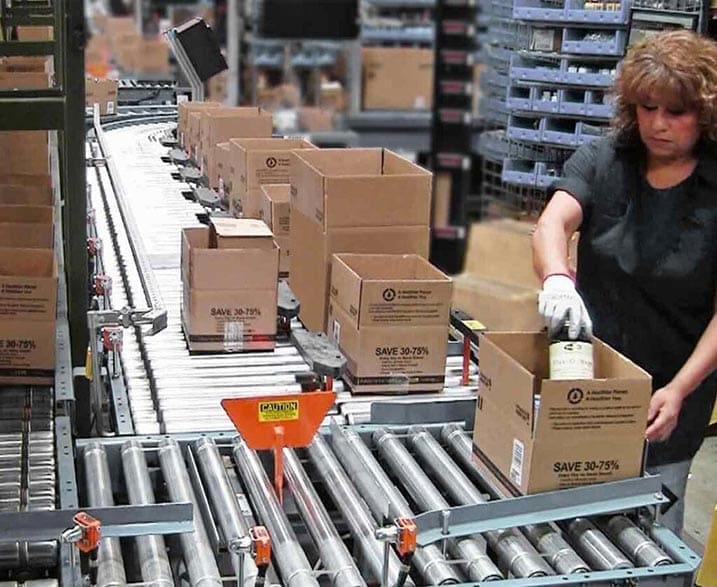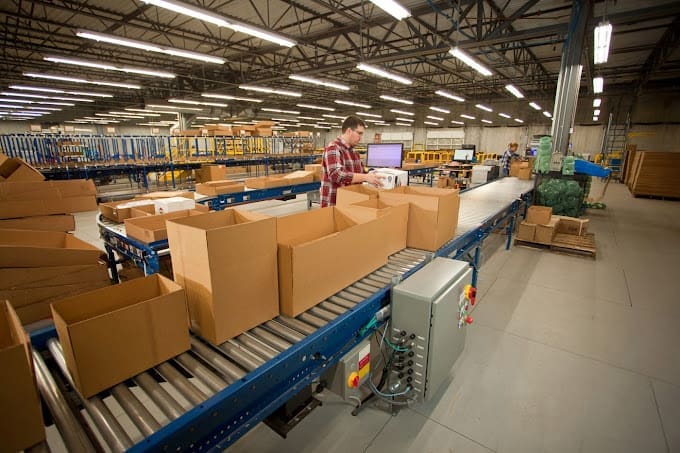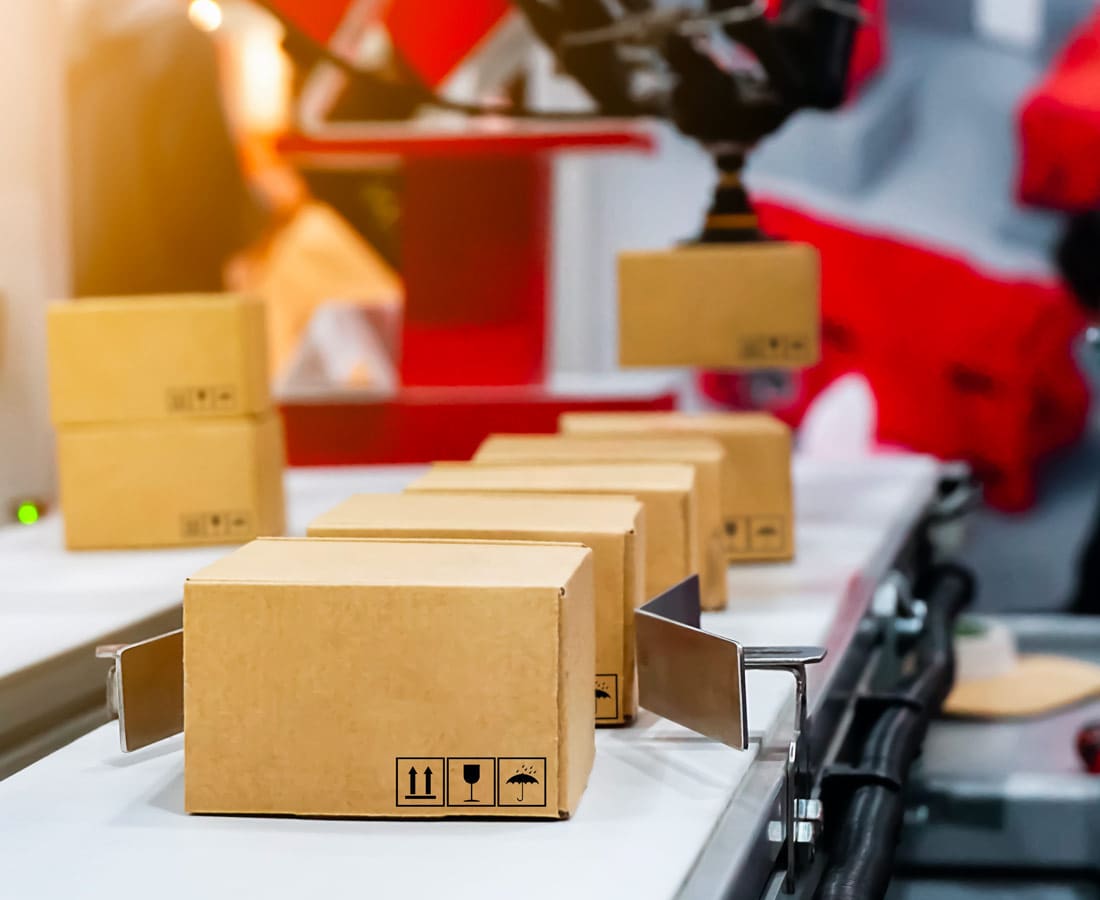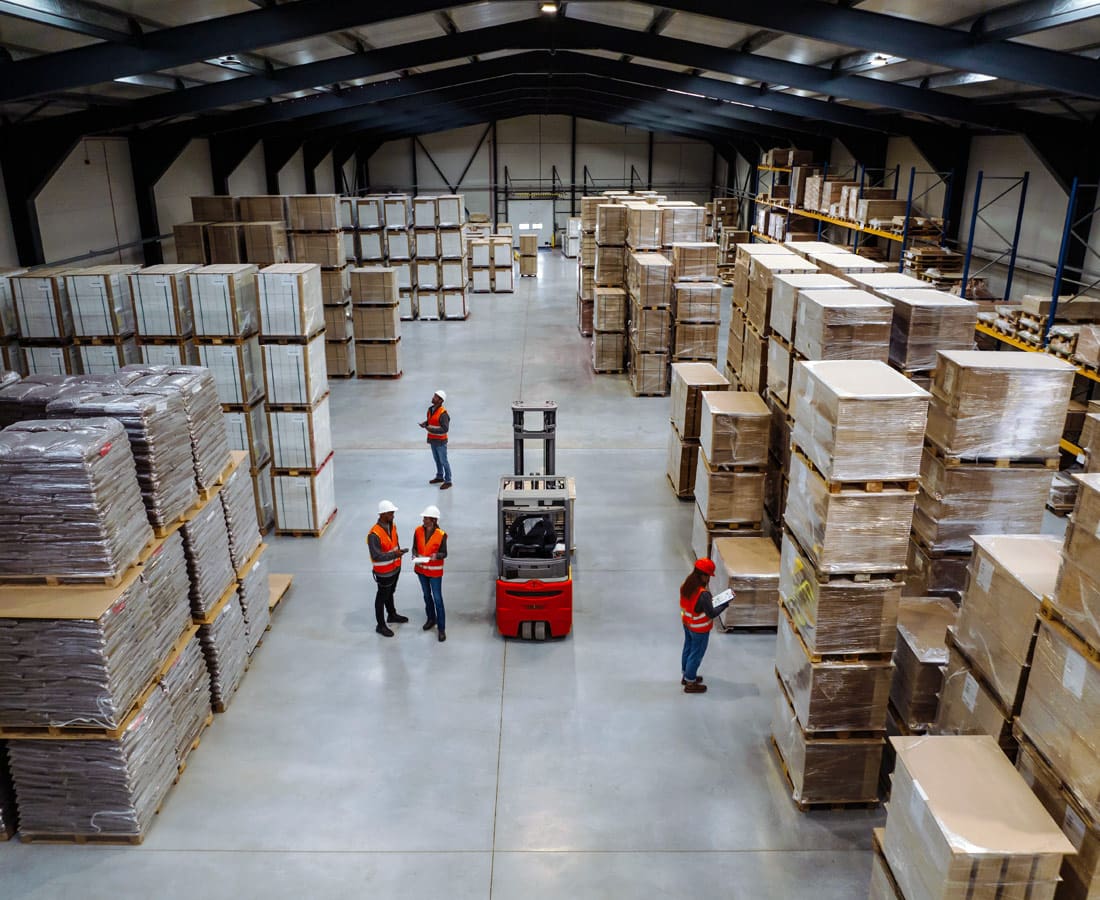Picking that drives profits
You know that a well-run warehouse drives profitability. But it’s not just about fulfilling orders. Automated order picking and fulfillment solutions help facilities process more orders, with greater speed, accuracy, with minimal labor, while at the same time improving customer satisfaction and your bottom line. ISD starts with a detailed analysis of your current and historical data, including orders, inventory, and labor. Then we design a scalable automated order picking and fulfillment solution to meet your current and future needs.

Inaccurate orders are expensive
Every wrong order comes with a cost. Estimates range from $30 to over $300 to correct a single picking error. Fixing those errors directly reduces your bottom-line profits, hurts your reputation, puts your customer retention at risk, and adds stress. You’re under pressure to increase accuracy while slashing your labor costs. Reducing your error rate is a direct line to increased profits. Automated picking solutions can get picking and order accuracy near 100%.
Increased throughput and order accuracy for all budgets
Automated picking systems mean the correct items make it to the correct customers on time, at both the line and order level. Whether it’s a single 10,000-square-foot facility or multiple facilities covering millions of square feet, ISD partners with you to specify and implement profitable fulfillment systems for your operation.
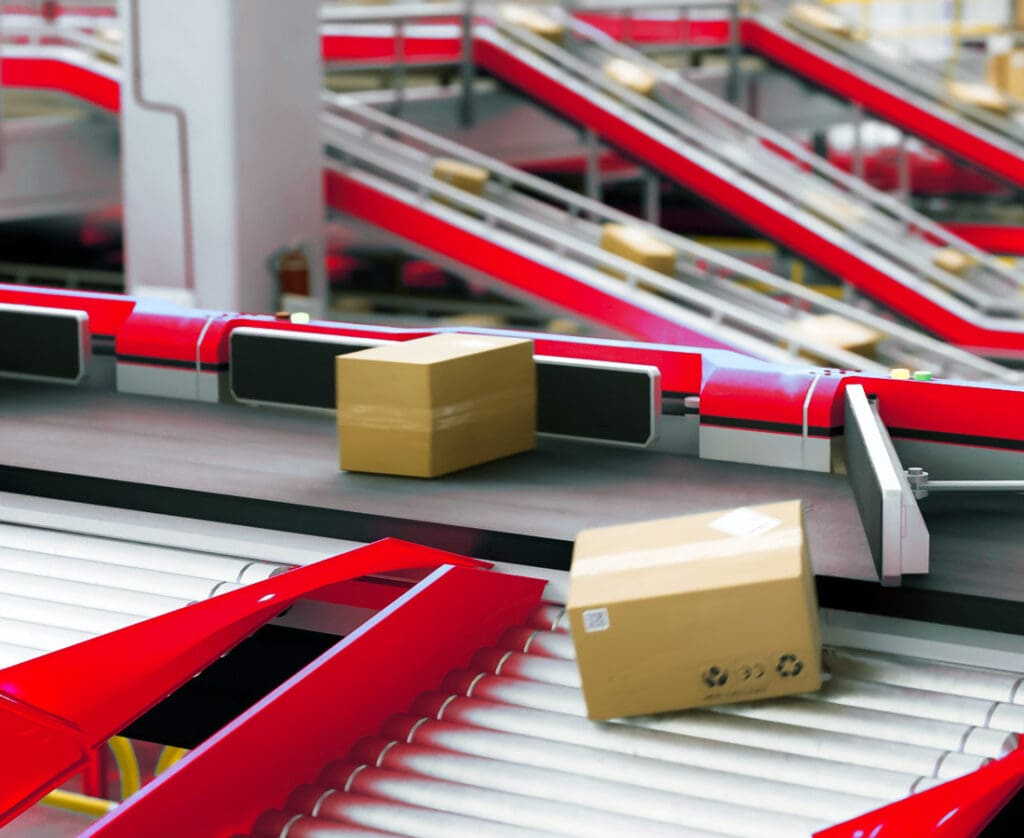

Do more with less time
Travel time of operators performing picks makes up to 92% of order picking time. Investing in the right order processing equipment, like a goods-to-person system, drives efficiency and accuracy while dramatically increasing picking productivity. These systems can provide significantly reduced labor needs — in some cases, as much as an 80% reduction.
Tomorrow’s warehouse has an automated order picking system
Perhaps your picking process includes order pickers running around a complicated warehouse layout to fulfill individual orders. Or maybe you’ve upgraded to a partially automated picking operation. But you know you can do more to get your warehouse and distribution center ready to meet the future. That’s where we come in.

More productive picking ahead
A smooth shift
As e-commerce grows and delivery windows shrink, order picking is only getting more complicated. Moving to an automated pick system helps you not just keep up with increasing capacity, but get ahead of it by reducing manual labor and increasing efficiency. ISD goes deep to understand what systems and processes are right for your picking operation.

Accelerated output.
Goods-to-person systems allow you to scale your warehouse’s picking operations by combining automated solutions with the right supporting infrastructure and technology for you. That might include a goods-to-person automated picking system customized for your warehouse layout, pick stations served by conveyor systems, automated batch picking that directs operators through pick lights and graphics, and pick-to-light hardware and software that reduces the need for paper pick tickets.

Improved customer experience.
An automated picking system eliminates wrong orders by reducing opportunities for human error. For example, in-line, high-resolution in-motion scales can weigh and check the accuracy of orders before they go out the door, meaning that customers get what they need the first time around — and you don’t need to re-pick missed orders.

Doing more without hiring more.
In a traditional warehouse, more orders fulfilled means more hands on deck doing the fulfillment. An automated picking solution disrupts that status quo and allows you to scale your operations without scaling your payroll. Automation absorbs growth more readily than manual systems, meaning even more labor savings over time.

Completely custom to your picks.
Whether your products are more suited for pallet picking, case picking, split-case order picking, or all 3, there’s an automated order picking system for your needs. ISD partners with you to understand the ins and outs of your operation and recommend the best systems for your needs. We are system agnostic and don’t try to push you into a certain type of automation. Instead, we find the best system for your operation’s unique order and inventory models.
Automated warehouse picking lets you fulfill orders faster, more accurately, and with less labor, exceeding your customer’s expectations.
Automation takes problems off of your plate and creates repeatable, trackable operational outcomes. That’s a shift that drives business.


Not Sure Where to Get Started with Automation?
Take the first step and visit our automation insights and resources.
Go to Automation Insights
Securing business with automated picking
As a manufacturing and assembly plant operator, you’re an expert in moving parts. And to meet growing demand, you need your operations to be able to make more, faster, and oftentimes in a just-in-time world. Automated picking solutions get the parts you need where and when you need them, allowing you to meet your contracts and keep your lines running.
Manufacturing for the 21st century
Make more, less manually
You may have only hours between when an order comes into your facility and when it needs to go out to your customer. Why spend any of your limited time pulling parts? Automated picking solutions do all the heavy lifting of storing and replenishing needed inputs so that your workers can focus on what they do best: getting quality products out the door, on time.
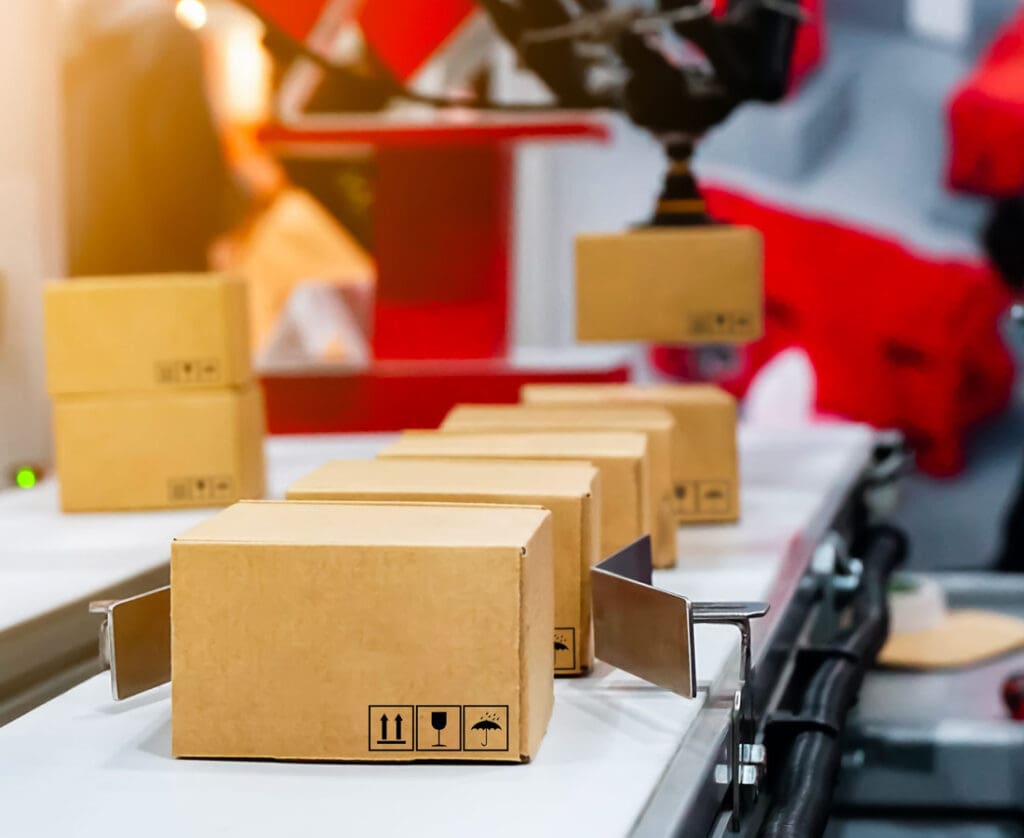

Produce faster.
Automated picking in manufacturing mirrors the concept used in warehouses but focuses on retrieving parts for the production line. Technology-assisted picking ensures timely delivery of required parts to the production line. Space utilization is crucial for assembly in manufacturing, and these systems streamline storage, picking, and receiving areas, consolidating thousands of square feet. Integration with AMRs allows for automated lineside product delivery, recovering storage space and reducing goods-to-line labor costs, contributing to an expanded manufacturing business.

Boost margins.
The businesses that survive are the profitable ones. Manufacturing margins can be tight, but investing in automation maintains and can even increase margins as the costs of raw goods rise. At ISD, we design automation solutions as if we were the ones writing the check for them — which means we’ll always get you the best solution for your needs and not let you overpay for it.

Bring in new business.
A long track record and impressive uptime numbers go a long way in attracting and convincing your potential new customers to choose your manufacturing operation. Automation upgrades help you close the deal. Customers want to know that the success of their orders doesn’t depend on who shows up for their shift. Automated picking solutions ensure parts are where they need to be so your production line never has to stop.
Improving your parts-picking process helps you bring on more customers, meet their orders, and turn a profit at the same time.
We know your operation is unique. That’s why we start with questions. Later, we’ll find the right answers for you, whether that’s automated picking or other integrated solutions.
Automated Picking / Replenishment Solutions
Autonomous Mobile Robots (AMRs)
Stacker Robotic AMRs Tote & Carton Goods-to-Person Systems
This AMR is designed to fetch multiple totes from inventory locations using a crane that moves horizontally down aisles and vertically on the robot. It delivers the totes to integrated pick stations for operators. Once all picks are completed, the bot returns the products to the proper SKU location and fetches the next batch of totes or items. This provides operators access to all inventory, eliminates pick and pass order processing, and allows for scalability in throughput (by adding more robots) and increased storage (by adding more shelving). These AMRs can integrate into advanced pick stations, offering operators an ergonomic, accurate, and efficient picking process. They can handle multiple levels of product, some reaching over 100 inches tall, and seamlessly integrate with workstations, sorters, conveyors, and more.
Rack & Shelving AMR Goods-to-Person System
These systems usually retrieve entire shelving and racks of inventory rather than individual bins. The AMRs are tailored for transporting items within a facility and handling tasks such as replenishing, returns, kitting, or picking. This becomes advantageous when paired with put-walls or unit sorters that employ true batch picking. Like other goods-to-person AMRs, the system seamlessly integrates with advanced picking stations to enhance throughput and accuracy. Additionally, they prove efficient in replenishment by executing a reverse pick directly in the receiving department, given the AMRs’ ability to travel to all points in the distribution center.
Dense Vertical Rack AMRs
These robots are AMR-based AS/RS designed for bin-level goods-to-person applications. They feature robots operating both vertically and horizontally, maximizing density and achieving high pick rates, especially in buildings with greater cube height. Notable systems like Exotec, Cimcorp, Urbx, AutoStore, and Ocado retrieve totes in dense vertical systems, directing them to pick stations. These systems excel in pick and replenishment performance, space utilization, order processing, and inventory accuracy. By consolidating inventory, they eliminate the need for separate storage areas and specialized handling. These are robust systems for true goods-to-person split-case order picking and efficient replenishment, bringing totes directly to centralized replenishment stations, sometimes integrated into receiving for streamlined processes.
Person to Goods AMRs
These AMRs optimize person-to-goods order picking, offering a more efficient alternative. By minimizing picker walk time and distributing picks among multiple AMR robots, they cover more ground, reduce travel, and increase picking time. These systems are easy to implement with minimal facility modifications, ensuring a fast return on investment. Some, like Locus, operate under a Robots as a Service (RaaS) agreement, requiring low upfront costs, no maintenance fees, and flexibility to adjust robot numbers as needed. They can cut current picking labor by up to half compared to manual or RF/voice pick systems.
Automatic Storage and Retrieval Systems (AS/RS) Shuttles
AS/RS shuttles, usually carts running horizontally along shelving, retrieve totes from a rack-based system (often one or two totes deep, potentially more). They transport these totes or cartons to lifts for vertical movement and then to a pick station for worker completion. Once picked, inventory is returned to storage, and the next item is retrieved. Shuttles provide high speeds and scalability to accommodate business growth. Various shuttle goods-to-person system models cater to different needs, with some staying on the same level or track and using lifts for vertical movement, while others move throughout the system. Like dense vertical rack AMRs, replenishment is centralized, enhancing efficiency compared to traveling to locations for put-away/replenishment.
Mini-Load Goods-to-Person System
Mini-load systems use automated cranes navigating narrow rack aisles both horizontally and vertically. The crane fetches cases or totes for picking and returns them to storage after completion. Capable of retrieving multiple items simultaneously, these systems can reach impressive heights (over 100 feet) and handle heavier loads than alternatives. Mini-load systems are highly effective for large-scale operations or handling heavier products in case-sized picking and storage applications.
Horizontal Carousels Goods-to-Person System
Horizontal carousels feature vertical bins moving along an oval track, each containing multiple shelves of inventory (8 to 12′ tall, with some taller variations). The carousel delivers the required bin directly to the pick station, guiding pickers with lights. After picking, the next shelf automatically comes into place. Multiple carousels reduce wait time, enhancing throughput and providing dense storage in a compact space. These units are effective for smaller operations, facilities with lower ceilings, or those handling a concentrated fast-moving item group. Combining them with other systems like AMRs and conveyors can further boost efficiency, achieving pick rates exceeding 300 lines per person, per hour — which is enhanced further with dynamic batch order picking systems like the ISD UltraBatch.
Vertical Lift Modules Goods-to-Person System
Vertical Lift Modules (VLMs) function similarly to vertical AS/RS. Product is stored in large trays, retrieved as needed, and delivered directly to an operator for order picking. The trays can be subdivided for numerous SKUs, and these systems efficiently accommodate hundreds of trays in a compact space. After each pick, the system automatically returns the tray and fetches the next one. VLMs optimize vertical cube space that might otherwise remain unused. Highly customizable in width, depth, and unit heights, these systems efficiently handle various sizes and support significant weight per tray, making them versatile and space-efficient.
True AS/RS Unit Load / Mid-Load Pallet Systems
These systems specialize in handling pallets and larger loads, offering efficient and dense storage. Unit load systems, capable of fully automated storage and retrieval of heavy pallets, excel in performance and storage capacity. Mid-load systems, like the ISD UltraStore, swiftly handle pallet loads under 2500 lbs, making them ideal for high-volume operations with ceiling heights under 40′ and a requirement for 100% uptime. These systems maximize facility space utilization, minimize labor, and ensure a safe working environment, addressing the challenging space issues associated with pallet and bulk storage. They are flexible, expandable, and performance-driven.
Sorter Systems for Order Picking
These systems streamline bulk picking by selecting items for multiple clients or destinations simultaneously, and then efficiently sorting them into specified areas. Instead of picking items for each store individually, the process involves picking for all destinations at once and using high-speed, accurate automation to sort them into respective orders. Often, AMRs retrieve pallets or totes and deliver them to sorter induction stations, ensuring rapid and precise handling of high volumes of products and orders with minimal labor. These systems are particularly effective when picking for multiple destinations concurrently.
Tilt Tray / Bombay Sorters
Tilt tray sorters, a type of unit sorter with goods-to-person functionality, utilize specialized conveyors connected to a system of fast-moving trays on an oval track. Operating at high speeds, these systems efficiently sort items from bulk-picking operations into hundreds of orders in a single wave. The trays either tilt at the right order chute or utilize Bombay doors to direct products to specific order chutes. After receiving bulk-picked products at induction stations, the sorter organizes them into discrete orders and sequences them to packing stations. These systems are employed in large retail distribution environments, optimizing efficiency by picking in dense quantities and utilizing the sorter for accurate order building across the supply chain.
AMR Sorter Robots
Robot sorters function similarly to tilt tray sorters but use many robots to pick up products directly from operators, delivering and sorting them into discrete orders. These systems consist of dozens or even hundreds of small robots running on a platform, with induction piece picking in one area and order dump areas around the platform. They offer a cost-effective alternative for lighter volumes where the robustness of a tilt tray sorter is not necessary.
Cross Belt Sorters
These are streamlined conveyors with high-speed 90-degree left/right sort transfers along the length of the system, featuring numerous physical sort-to locations on both sides. Similar to tilt tray and AMR sorter robots, these systems efficiently sort picked products into discrete orders. Typically, items are batch- or bulk-picked and placed on the sorter by operators, then swiftly organized into orders. With a smaller footprint compared to other sorter types, they prove highly effective for various product sizes and types, including bags and envelopes.
Case Picking Modules
Case-picking modules, while not strictly sorter systems, integrate person-to-goods true batch picking with a sorter. These highly efficient systems excel in processing mixed case orders and optimizing productivity, space utilization, and product density. Functioning similarly to tilt tray and AMR sorter systems, orders are grouped into batches, and products for all orders are picked in a single pass. A downstream sorter then resorts the cases into the original orders. These multi-level, extensive systems accommodate various SKUs in both pallet and case formats, with the capability to be several pallets deep per SKU. The result is a dense storage medium that requires minimal labor for replenishment. Particularly effective for large-scale, mixed-case shipments in both small carrier and LTL or truckload order processing, these systems are widely utilized in the distribution industry.
Automated Dynamic Batch Stations
Although not a conventional picking process, systems like ISD UltraBatch significantly boost productivity and throughput across various listed systems, potentially increasing pick rates by up to 50%. These systems enable the automatic picking of multiple orders simultaneously, seamlessly moving completed orders out and introducing new orders into pick zones. This enhances the flexibility of AMRs and other automation in terms of pick sequence, allowing for the simultaneous picking of 10 orders with five items each or 50 SKUs. With proper integration of a well-designed WCS, orders with common items can be picked together, reducing robot use and overhead, while enhancing pick rates. This results in reduced or eliminated wait times for pickers and a potential decrease in the number of required robots.
Reverse Logistics Automation
Reverse logistics pose challenges in distribution or warehousing due to the complexity of returned items, their condition, dating, packaging, and disposition levels. Automated systems simplify this task by sorting and storing items densely based on criteria like item type, vendor, or disposition. This streamlines the process, allowing for efficient retrieval when needed. Integration into the regular pick process eliminates the need for a separate system, reclaiming floor space, organizing the area, and enabling returns operators to focus on processing returns rather than managing inventory movements.
How to Choose the Correct Automated or Semi-Automated Picking Solution
Numerous options exist for leveraging picking technologies in your operations. The optimal solution depends on factors such as system agility, ROI goals, SKU volume, inventory characteristics, pick rates, order volume, labor requirements, available floor space, ceiling height, deployment schedule, and the need for scalability.
Interested in implementing any of these technologies in your warehouse or distribution center, but unsure of which system makes the most sense for you? A trusted systems integrator like ISD can help you understand your options and design a solution that fits your requirements.
Related Resources
Related Solutions
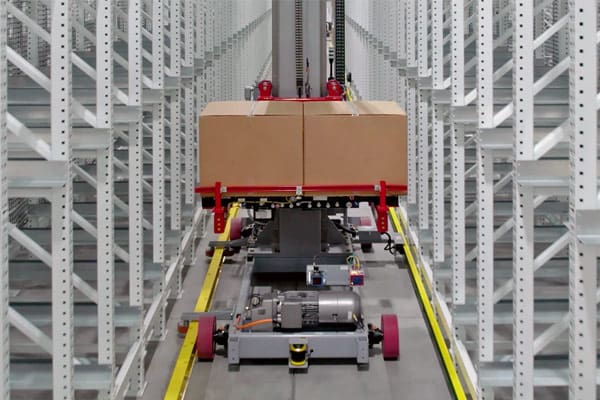

Automated Storage & Retrieval
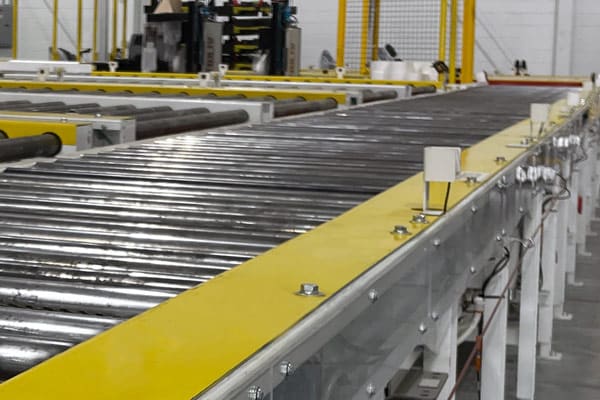

Conveyor Systems
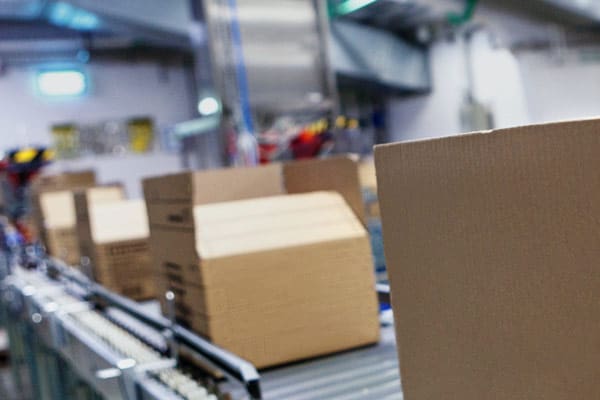

Packing Systems
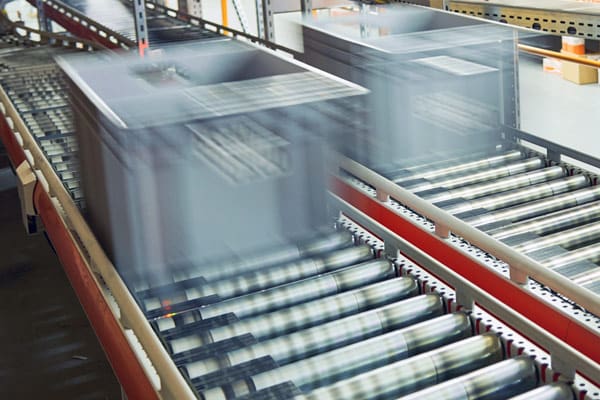

Shipping Systems
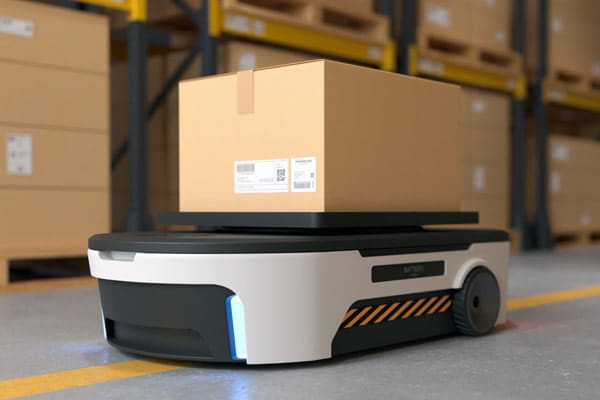

Robotics
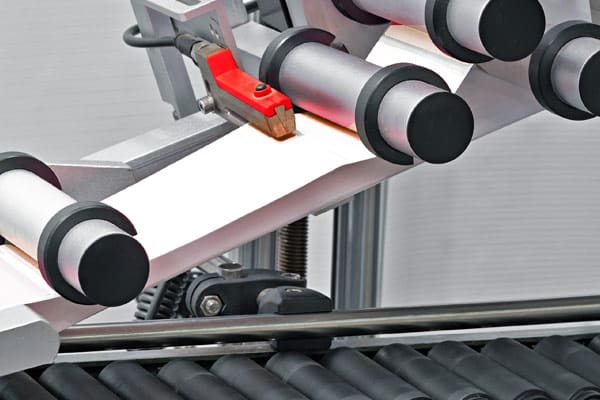

Automated Labeling
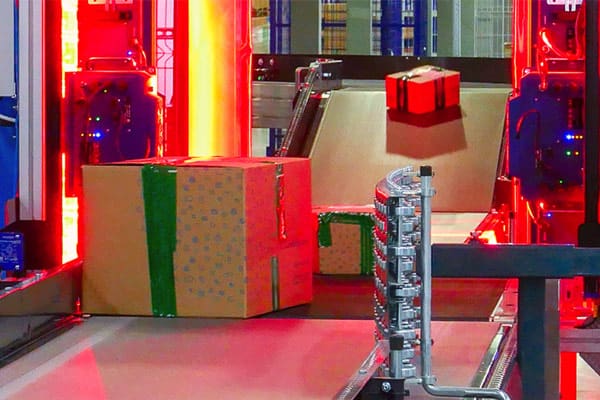

Cubing & Weighing


Talk with an Automation Expert


Face the future with confidence.
Automation can feel like a risk. Investing in order picking and fulfillment automation doesn’t have to be scary. No need for million-dollar checks or copying your competitors. ISD will select the right tools, technology, and systems for your situation — and help you implement it all. Let’s start growing your profits together.
Let’s Talk






